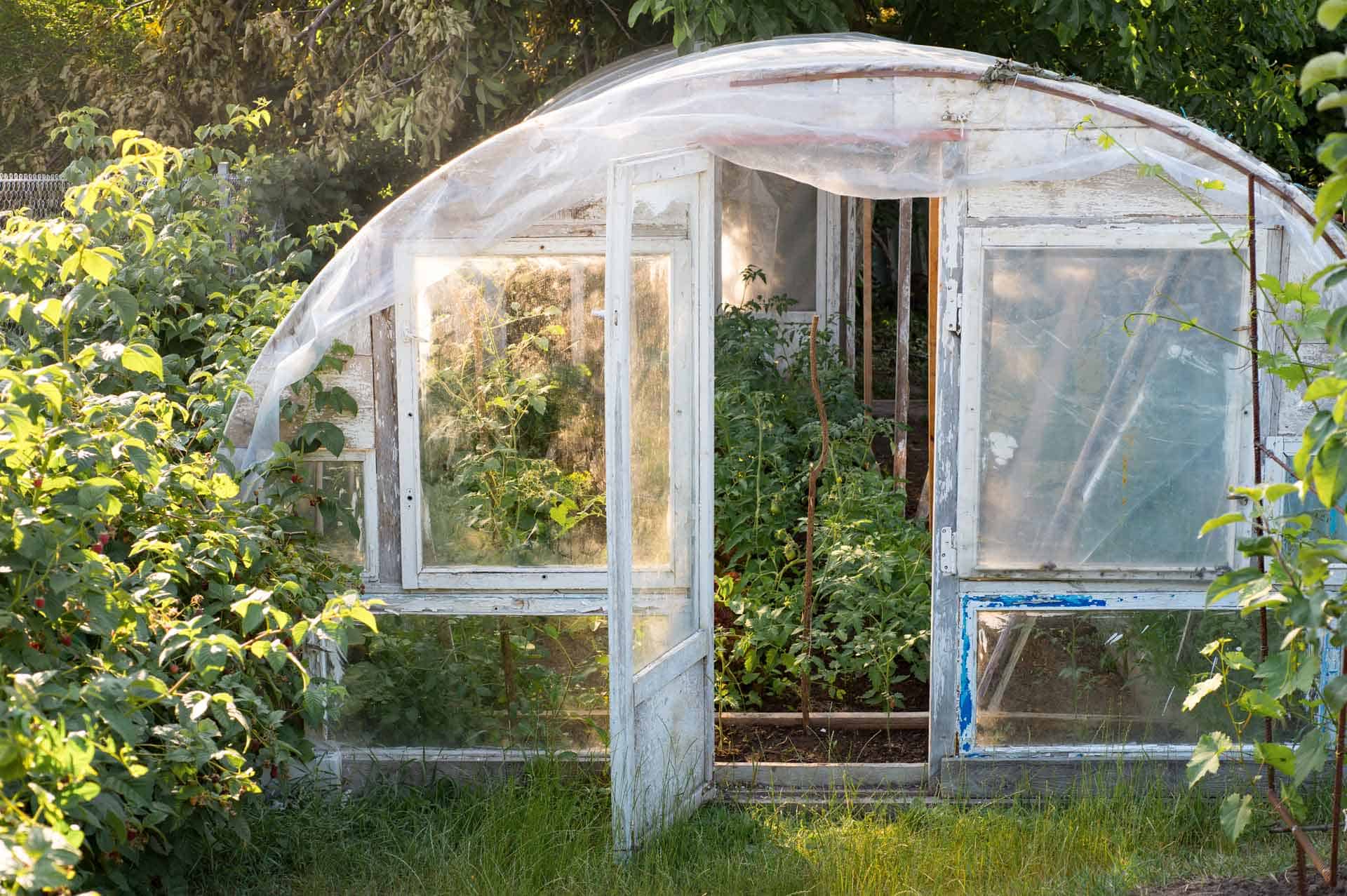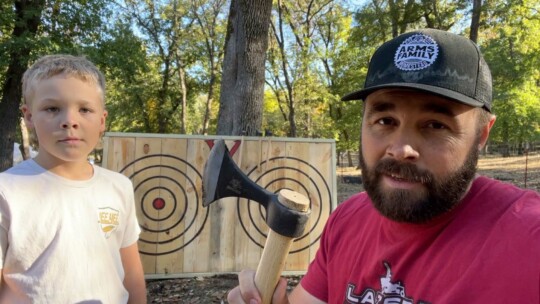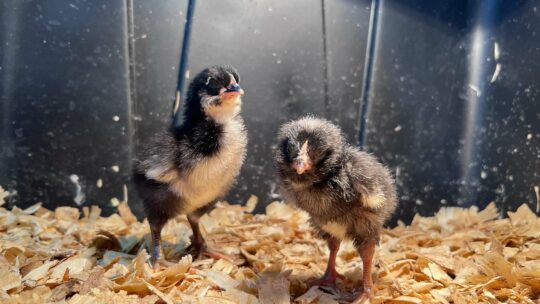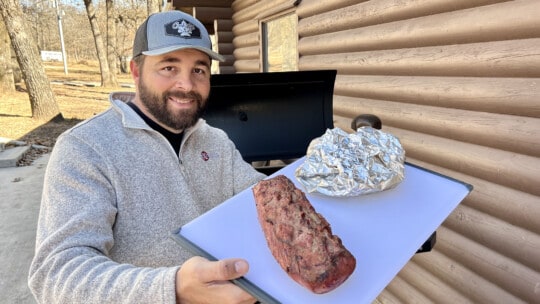Are you a home vegetable gardener searching for ways to extend your growing season? If so, join Arms Family Homestead’s Daniel Arms for a look into what you need to know to get started with high tunnel gardening.
Where to Get a High Tunnel
The Arms got their tunnel through a grant program with the Natural Resources Conservation Resources (NRCS). They applied for a grant for cost-share assistance to build a high tunnel. Daniel also explains that the NRCS offers assistance on other things on your farm like high fencing and water wells. And, he notes that there are many programs out there to help small farms get started.
High Tunnel Specs
The Arms’ high tunnel—also called a hoop house—was built by Leon Sloan, and it measures 24-feet wide by 48-feet long. It features a center ridge vent in the middle and the back end opens to allow for airflow through the tunnel. However, in Oklahoma, it can get up to 100-plus degrees during the day. So, this means that without a way for heat to escape, everything inside the tunnel garden will pretty much get torched.
High Tunnel vs. Greenhouse
A greenhouse is outfitted with fans, heaters and the like. Whereas a high tunnel—or hoop house—is designed to extend the season. This means you can plant seeds much earlier and grow later in the season by building raised beds inside it. Being able to raise the back of the tunnel up enables much better ventilation to your raised beds.

What Can You Grow in a High Tunnel Garden
The Arms’ hoop house allows them to grow throughout the year. Inside it, they’ve got kale and lots of greens. In late spring/early summer, they’ve got beautiful cabbages growing before most people consider even putting theirs in the ground. They’ve got Brussels sprouts and spinach that they use to juice in the mornings. And, Daniel explains he can run drip irrigation to their raised beds to water them via a timer when he’s not home.
Last year, he tried growing in something new: molasses tubs from a cattle farm. In fact, he explains, you can use trash cans— or any containers that are about 25 gallons—to grow produce. To use them, just drill a hole approximately five inches from the bottom for drainage to help keep the soil moist. Daniel says he’s experimented with using these containers for sugar snap peas, spinach, carrots, and other greens. So, want an even longer growing season? Daniel says you can grow greens in the winter outside a high tunnel using a low tunnel with some plastic to help protect the plants.



